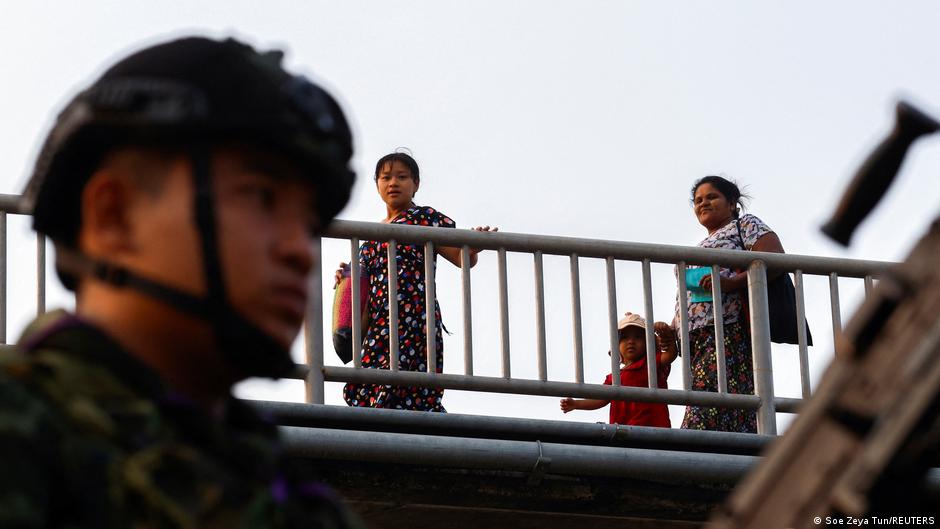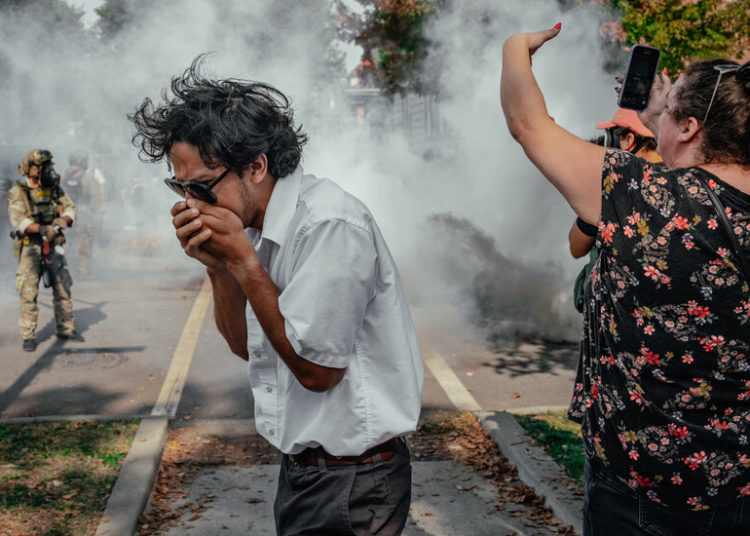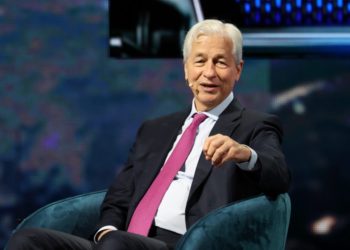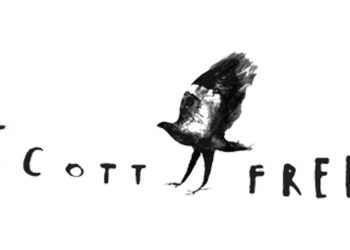is preparing to start a national election in December — at least after nearly five years of civil war.
UN experts have dismissed the coming polls as a “sham,” engineered to maintain the generals’ grip on power through proxy parties.
And yet, the junta seems to be in a hurry to create conditions for voting in as many places as they can. The military has scored a string of victories against rebels since June, recapturing towns and trade routes on several fronts in the east and either pushing resistance forces back or stalling them in place.
These victories are also likely to reinforce the government’s position ahead of the vote, which is due to start on December 28 and continue into January.
“It seems like kind of a deadline for them,” said security analyst Kyaw Htet Aung with the Institute for Strategy and Policy – Myanmar.
Military taking over gem mines
The junta is engaged in its most consequential counteroffensive in years, possibly , analysts told DW.
The military is “reopening trade routes, it’s reopening logistics routes, it has a major surge in troop numbers, it’s made significant reforms to the way it fights, it’s on the offensive on the diplomatic and political front with this upcoming election, and it’s got plenty of new equipment,” said Morgan Michaels, a research fellow at the International Institute for Strategic Studies.
Even after recent victories, the junta is believed to fully control well under half the country. But analysts say the towns and roads it has recaptured are of high strategic value.
They include key trade corridors with both and and gem and mineral mines that had been controlled by different resistance groups since the coup.
Rebels on the defensive
Resistance groups are not on the wane everywhere. In the west, towards the center of the country. The Kachin Independence Army continues bearing down on the military from the north and is mostly holding its ground.
But many of the other armed groups arrayed against the junta have moved from offense to defense since last year, said Su Mon, a senior analyst for Armed Conflict Location and Event Data, an independent research group that tracks conflicts around the world.
“That’s the major shift. They’ve [gone] from an offensive position to a defense position in their controlled areas. And since then they are not able to defend those areas and [are] losing one town after another,” she told DW.
China throttles trade and supplies for rebels
Since the Myanmar military seized power from a democratically elected government in February 2021, tens of thousands have been killed on all sides and over 3.3 millions civilians have been displaced.
UN investigators have accused the junta of committing war crimes, including rape, torture and murder, at an “alarming rate.” But despite its brutality, , losing control of vast swaths of the country, including most of Myanmar’s borders with Thailand, China and Bangladesh.
Analysts say the military’s recent successes are partly , which has billions of dollars invested in energy and infrastructure projects across Myanmar that it is keen to protect and expand.
Beijing had been in the first few years of the civil war. More recently, however, for the Myanmar regime.
Chinese officials brokered a ceasefire in January between the military and a powerful armed group that had routed the junta’s battalions in the northeast, and another ceasefire last month with a second group that had been threatening the junta’s powerbase in the center of the country.
At the same time, China has throttled vital border trade with resistance groups in order to keep them from attacking the junta forces. It has also used its connections with the powerful rebel group called the United Wa State Army (UWSA) to expand the embargo.
“The UWSA is the main source of military and finance support for many other groups…. and they’ve been cut off now,” said Su Mon.
Smarter use of drones and planes on the battlefield
Another reason for the military’s surge is . At least 60,000 soldiers are estimated to have joined the military’s ranks since the junta started the draft last spring.
The drive has reinvigorated the junta battalions, which had been whittled down by casualties, desertions and defections, allowing the military to throw far more troops into battle than before.
Analysts also say the military is learning from its mistakes and getting better at fighting the battles at hand.
This includes vast improvements to its drone fleet and its use of air strikes. Su Mon said the military is now using it’s the air force at the very start of engagements rather than after they’ve begun fighting the rebels.
Michaels said the regime has also passed greater control of the military from Min Aung Hlaing, who heads the regime, to Soe Win — believed to be a more competent general — and is now promoting more frontline commanders with battlefield experience.
Outlook for rebels ‘pretty grim’
For all that, the analysts believe the military is still not poised for victory, nor are resistance groups poised for defeat.
“There is no military solution to Myanmar’s conflict; there never has been. There can only be a political solution,” said Michaels.
“I think we have to see what happens after the elections — if there’s a new leadership dynamic, if the military makes more compromises or not, and if there’s more ceasefires,” Michaels added.
The likeliest path ahead, he said, is that the regime continues to divide the armed resistance groups, , and make deals with them one by one.
At least for now, said Michaels, the outlook for the resistance and for Myanmar “is pretty grim.”
Edited by: Darko Janjevic
The post Why is Myanmar’s military scoring victories again? appeared first on Deutsche Welle.




